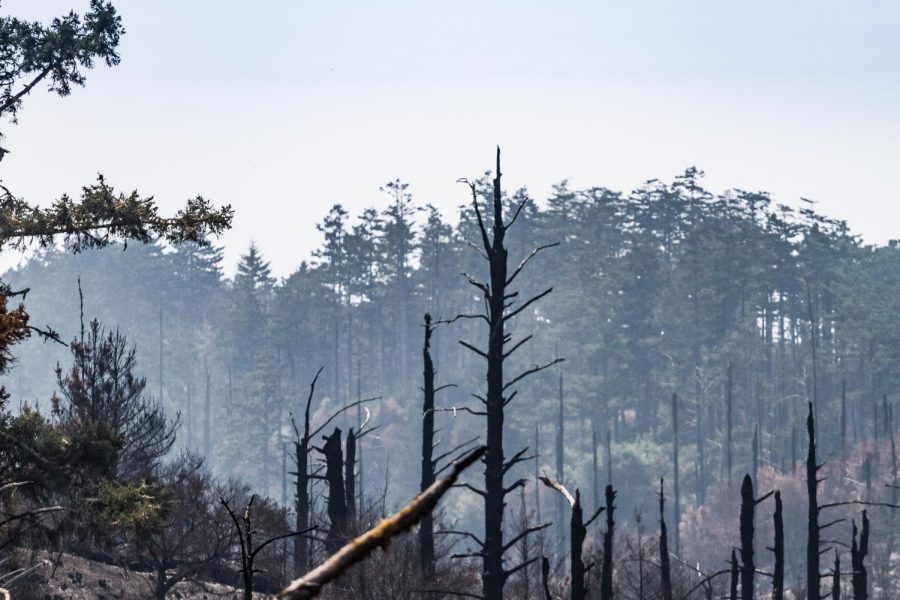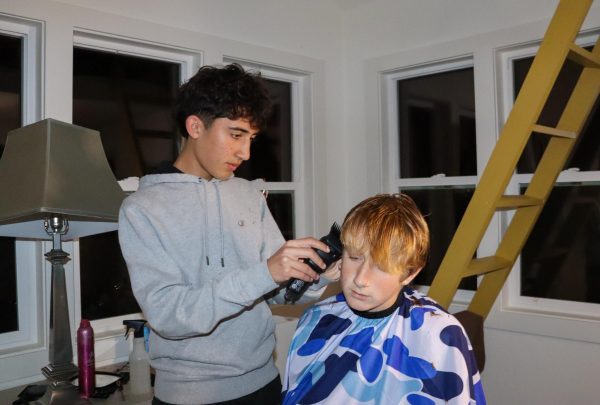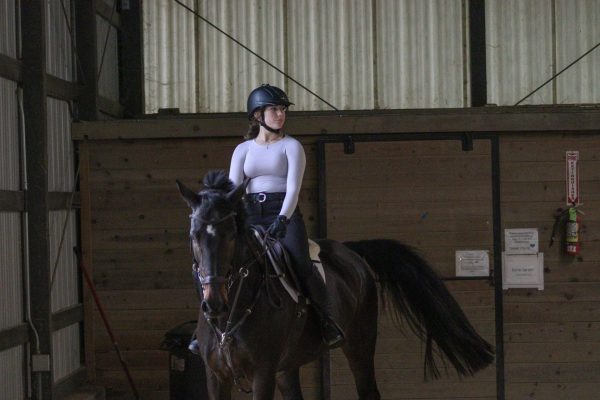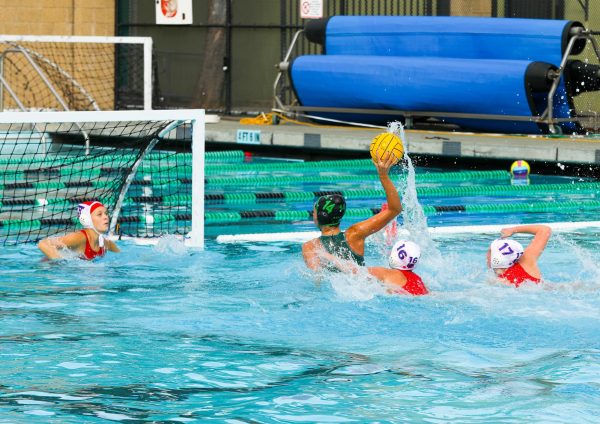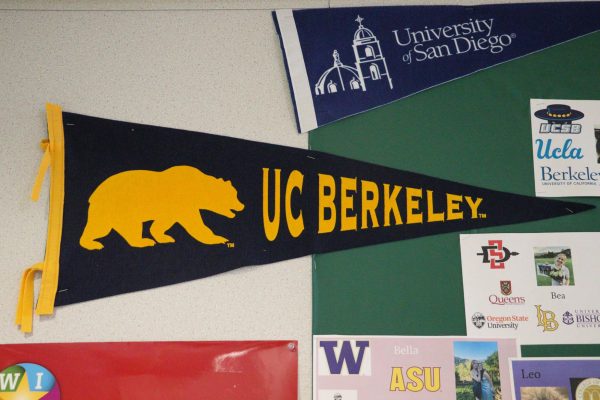The complicated reality behind fighting the Woodward Fire
Bare, charred trees stand along a trail in Inverness from the Mount Vision Fire in 1995 and the Woodward Fire.
The Woodward Fire began on Aug. 18 when a strike of lightning ignited flames just south of the Woodward Trail. It is widely known that the fire has already burned nearly 5,000 acres with about 95 percent containment.
But, what isn’t known is what really happens when fighting a wildfire?
Fires need three things to burn; heat source, fuel, and oxygen. According to Resource Advisor, Cedar Drake, prescribed burns work to eliminate the component of fuel which includes grasses, shrubs, trees, and leaves.
Drake leads a team of resource advisors with the Northern Rockies National Incident Management Team (NRNIMT). The NRNIMT is a group of trained officials who respond to emergencies of many kinds like wildfires, hurricanes, tornadoes, and shuttle cleanup. They arrived at the Woodward Fire on Aug. 23.
“When [the firefighters] build the fire line, our job is to find out where the really sensitive animal and plant species are, where the archaeological sites are… things that are really important for the ecology and history of the area,” Drake said.
There are many spotted owls in the Olema area, just three miles north east of the Woodward Fire. Drake and his team worried for the safety of the spotted owls when the firefighters began planning their burnout operations (controlled burns).
“We had a lot of concern that [the burnout] could happen in a way that would actually burn up all the trees. Which would be terrible for the owls because then their habitat would be gone,” Drake said.
The resource advisors worked closely with the section chiefs in planning the controlled burns. The firefighters lit the fires from the tops of mountains and slowly dropped ping-pong sized flammable balls that burned when they hit the ground, resulting in a positive burnout.
“It worked out great… Most of the fire that occurred was just a nice, slow moving, low, understory fire that just kind of burned out the understory and it burned out a tree here and there, but in general it’s a really good prescribed burn,” Drake said.
Additionally, resource advisors work with firefighters to reduce the amount of erosion that would occur from bulldozer lines and other heavy equipment. They redistribute the soil that is dispersed from bulldozers or other machinery and compress vegetation on top of the redistributed topsoil to allow new plant growth.
They dig water bars, or diagonal channels across paths, where water diverts to the side of a trail and does not displace the soil. The resource advisors also plant native seeds and place large rolls of straw in areas where erosion control is difficult.
Lori Clark, the Air Operations Manager with NRNIMT, ensures that the firefighters use the correct aircraft at the correct time.
“Everything we do starts out with very clear objectives for the fire. Then, from there, we establish strategy and tactics,” Clark said.
Air Operations uses all sorts of aircrafts when fighting fires, such as helicopters, air tankers, and scoopers.
“On this fire, we have scoopers. They scoop and skim water from Tomales Bay and then fly up and drop water on the fires,” Clark said.
Strategy is important when fighting a wildfire. Brandon Cichowski, one of two Operations Section Chiefs, spends plenty of time crafting strategy.
Mike Granger, the other Operations Section Chief, spends more time out in the field. He is in charge of all the firefighters.
“The planning operations has a lot more interface with the rest of the team [at camp]- all the rest of the commanding general staff, the public information, the finance, statistics, the planning and function,” Cichowski said.
Part of Cichowski’s job is finding things like missing portable pumps. On Friday, Aug. 4, firefighters reported that a few portable pumps were absent.
“So, logistics come to me and I find out all the info – where all our portable pumps are at and why we’re missing some. Then we’re kind of playing a little detective with our people. That’s what we’ve been doing lately,” Cichowski said.
Through all the hard work, the surrounding community members are extremely supportive of the firefighters. At the San Geronimo Valley Golf Course fire camp, NRNIMT displays words of encouragement from the community on a large wooden board. Important daily information about the fire, including an incident action plan, are also showcased.
“We’re the primary driver of… our incident action plan everyday,” Cichowski said.
An incident action plan announces control objectives, response strategies, and other plans for the day.
Granger is in charge of the firefighters, so he spends more time on site. He directs the firefighters in the strategies and tactics he develops.
“Let’s say the strategy is, ‘We’re going to keep the fire on this mountain, in between these roads.’ We’re not going to let the fire come out of this area and we’re going to prevent houses from burning and that kind of stuff,” said Granger.
The tactics, Granger said, are the physical actions of containing the fire – digging the line, squirting water on the fire, and dropping retardant out of the aircrafts.
Although Granger oversees the firefighters, he cannot direct 400 to 500 of them all by himself. The Incident Command System is designed so no one person holds too much responsibility.
“I work with the Branch Directors to ensure the strategies are sound and can be implemented safely,” said Granger, “Then it is up to them to implement the tactics that support the suppression strategies.”
There are five divisions fighting the Woodward Fire – Zulu, Charlie, Echo, Tango, and Whiskey. The division supervisors direct the firefighters in their division to perform certain tactics.
Dale Racine and Damon Anderson, two firefighters from Montana, arrived on scene on Tuesday, Sept. 1. Within each division, firefighters patrol separate areas of the fire. Anderson and Dale surveyed Limantour Road in search of any signs of flame.
“Our role here is keep this Limantour road nice and safe, make sure the fire doesn’t get across the road towards the subdivisions,” Anderson said.
Anderson and Racine have both been firefighters for 45 years. Anderson began at age 18, right out of high school. Dale has fought fires since 1985.
“Either you love the job or you won’t like it after your first role. You’ll either have the fire in your blood or it won’t be in your blood,” Anderson said.
“Once it gets in your blood it doesn’t go out,” Racine said.
Although Dale and Anderson were not at the Woodward Fire when it burned with the most intensity, they noticed that the fire had not decimated the land like some fires do.
“From what I’ve seen in the beginning it sounded like [the fire] was ripping a little bit, you know, off toward the beach, it looked like it at least when we went down there. It’s actually cleaned up really good,” Anderson said.
Conversely, the firefighters faced an unusual challenge in the Olema area. Bay trees, which widely populate West Marin forests, have a high oil content in their leaves that become increasingly flammable as they dry out.
“This is pretty unique, this fuel type that we have here; these darn bay trees, none of us have ever seen them. So they’re the most dangerous trees I’ve ever seen,” Racine said.
The Incident Commander, Aaron Thompson, supervises the many managers, chiefs, and advisors. “We oversee all and manage and supervise everybody that’s on the team and on the incident… We’re ultimately in charge of the people – the safety, the welfare, the wellbeing of the people,” Thompson said.
The Incident Management Team has a complex system with many moving parts. The many members of the team came from all over the country to assist with the Woodward Fire. Fighting a wildfire requires an army.
Note: Some sources weren’t available for confirmation due to the wide ranging fires on the west coast.

Melissa Auchard, a senior, is in her second year of journalism. When she’s not training for track she likes to spend her time reading, baking, or surfing....



